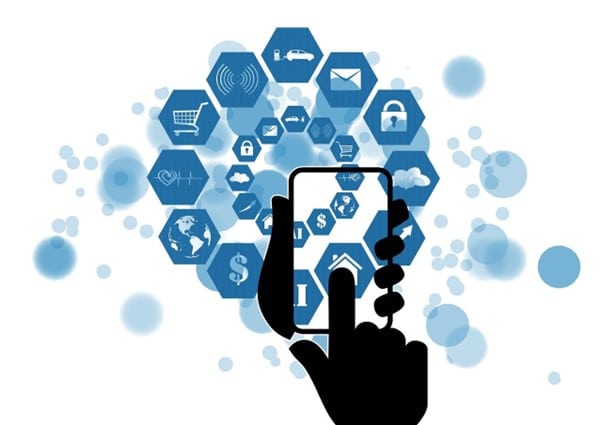Artificial intelligence is becoming a versatile tool widely applied in various sectors. However, not all sectors experience significant changes or impacts from AI industry. In some, it brings immense opportunities and drives innovation, streamlining and automating processes. In this article, we will explore the AI impact on industries, focusing on five sectors most heavily transformed by this technology.
The AI Impact on Industries: Major Sectors
These five industries are where AI use cases play a critical role in enabling certain changes.
First, the financial sector. This highly sensitive and crucial industry in the economy can significantly benefit from AI. Machine learning methods in finance, such as regression or neural networks, can detect data patterns that allow for process automation, risk prediction, pricing, or fraud detection. Specialized machine learning techniques, like deep learning, can learn from historical financial transactions. As a result, innovations are emerging in algorithmic trading, anti-money laundering efforts, and chatbots.
For example, tools created by NetGeist for financial sector businesses include 24/7 chatbots that respond to basic questions such as checking customer bank balances, pending payments, upcoming deadlines, and more, integrating text-to-speech and vice versa technology.
AI application can also retrieve various customer data, such as income and expenditure history, to calculate credit risk scores that can be much more accurate than traditionally calculated results.
Banks also use AI to offer personalized product recommendations to customers based on their transaction history and spending patterns. NetGeist’s service integrates an AI tool that can automatically generate a personalized financial or insurance plan by analysing customer behaviour.
This ensures greater efficiency and reduces the likelihood of illicit funds entering the system. AI-driven oversight can also help ensure compliance with regulations by flagging transactions that may violate certain rules.
The second sector is healthcare. Medicine is undergoing a revolution as new opportunities arise to improve diagnostics, personalize medicine, and perform predictive analysis.
One successful example of AI impact in industry is medical imaging. Currently, an AI-powered automated detection tool can assist emergency physicians in diagnosing COVID-19 based on lung ultrasound imaging results.
Predictive analytics can be used to create personalized treatment plans, with AI making them more data-driven by analysing medical history and real-time information. NetGeist offers a tool that enhances communication by converting important information from text-to-speech and vice versa, improving services for patients with visual or hearing impairments.
The third area is government. Here, several sectors can benefit from AI as an effective tool. First, digital tools powered by AI can be used to improve public services for citizens, such as various digital self-service models.
In political processes, the AI impact on industries can be observed through its ability to generate more efficient political insights, such as analysing societal impact or resource utilization.
It can also be used to initiate new projects and changes. For instance, AI can generate information about real-time bus occupancy and its fluctuations, helping to develop effective transport management systems.
Another sector seeing significant AI impact is retail. Online shopping is thriving, and AI solutions are being integrated. Based on search history, retailers can offer personalized recommendations to customers, increasing sales and improving customer experience. Chatbots can answer questions faster and solve issues, while new technologies can help optimize internal processes like inventory management.
The final sector where AI integration is significant is education. As in many other industries, internal processes are being improved and sped up. In this case, it includes automating student achievement tracking, progress, and analysis, which allows for a better understanding of individual student progress.
Data analysis can also help tailor educational materials to each student’s needs based on their performance, something a single teacher may struggle to do in a large class. Additionally, real-time monitoring through tasks helps assess how well students understand lesson topics and improves efficiency during lessons.
Moreover, an interactive learning environment is created, with augmented reality technology enriching lesson content. AI also helps create a more supportive environment for students with special needs.
Final Word
Considering these five industries, we can observe the significant AI impact on industries, driving innovation and addressing challenges in unique ways. It remains crucial that deliberate decisions are made in these important areas to ensure that AI’s implementation brings benefits rather than losses to these industries.
If you are interested in this topic, we suggest you check our articles:
- Reinforcing Cybersecurity with AI
- Customer Service in the Age of AI
- New Obstructions in AI for Mental Health
Sources: Datacamp, Forbes, Keymakr, NetGeist, TechTarget

